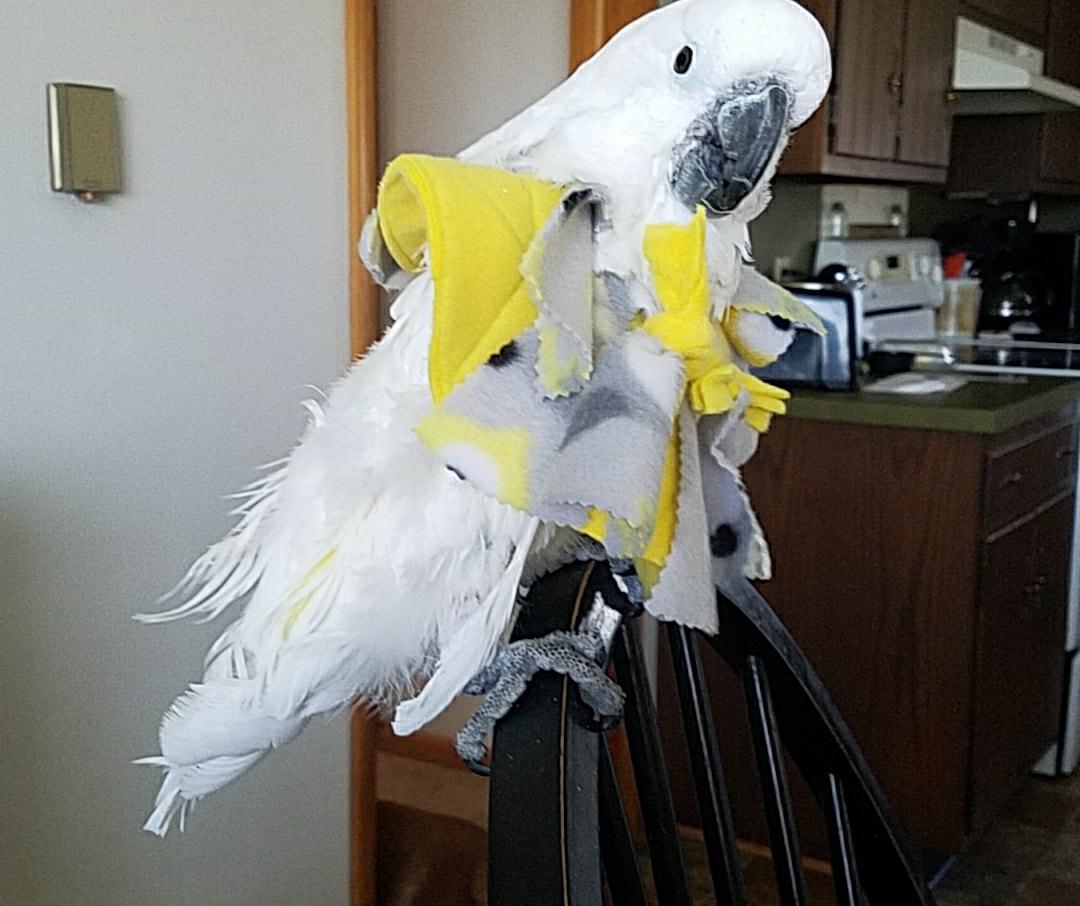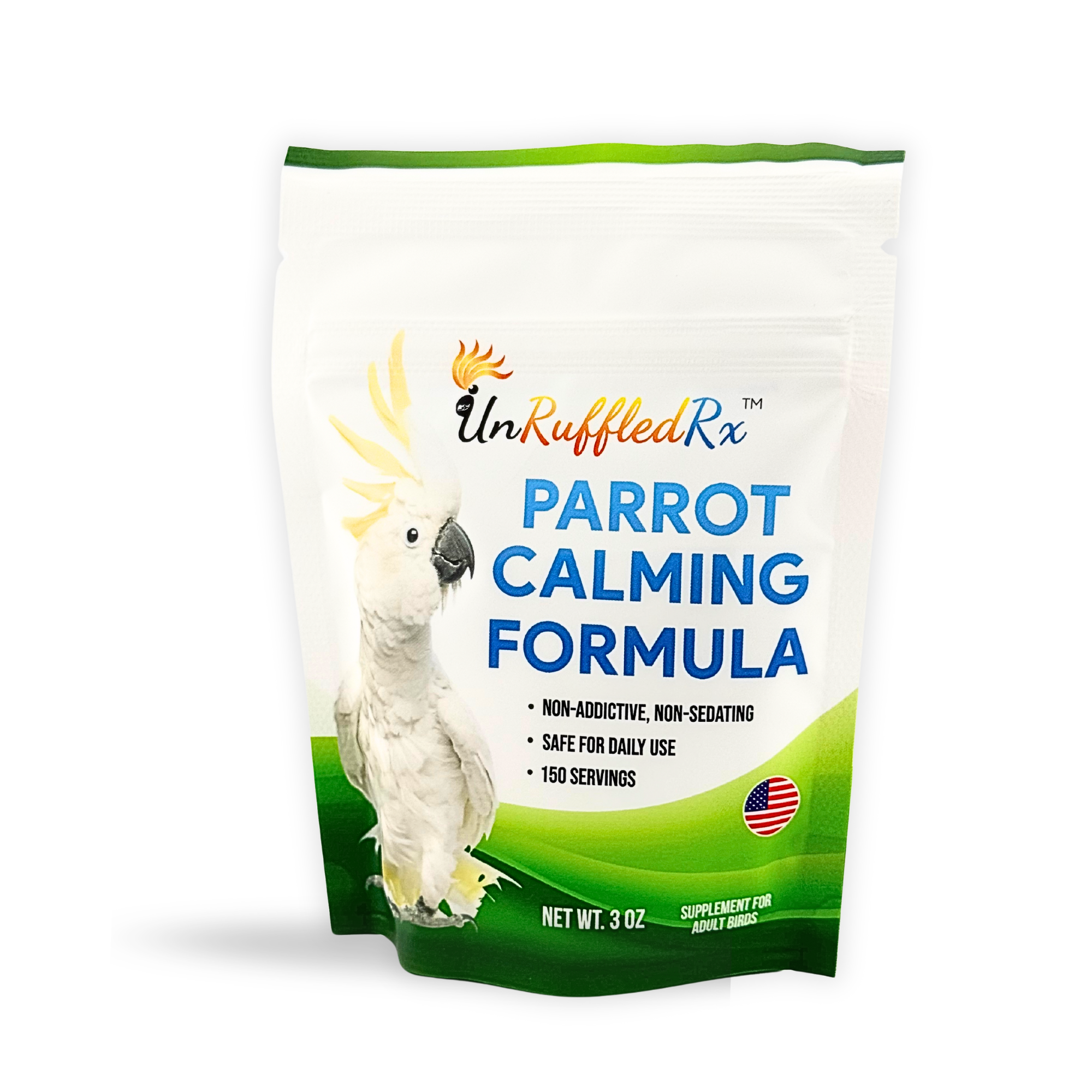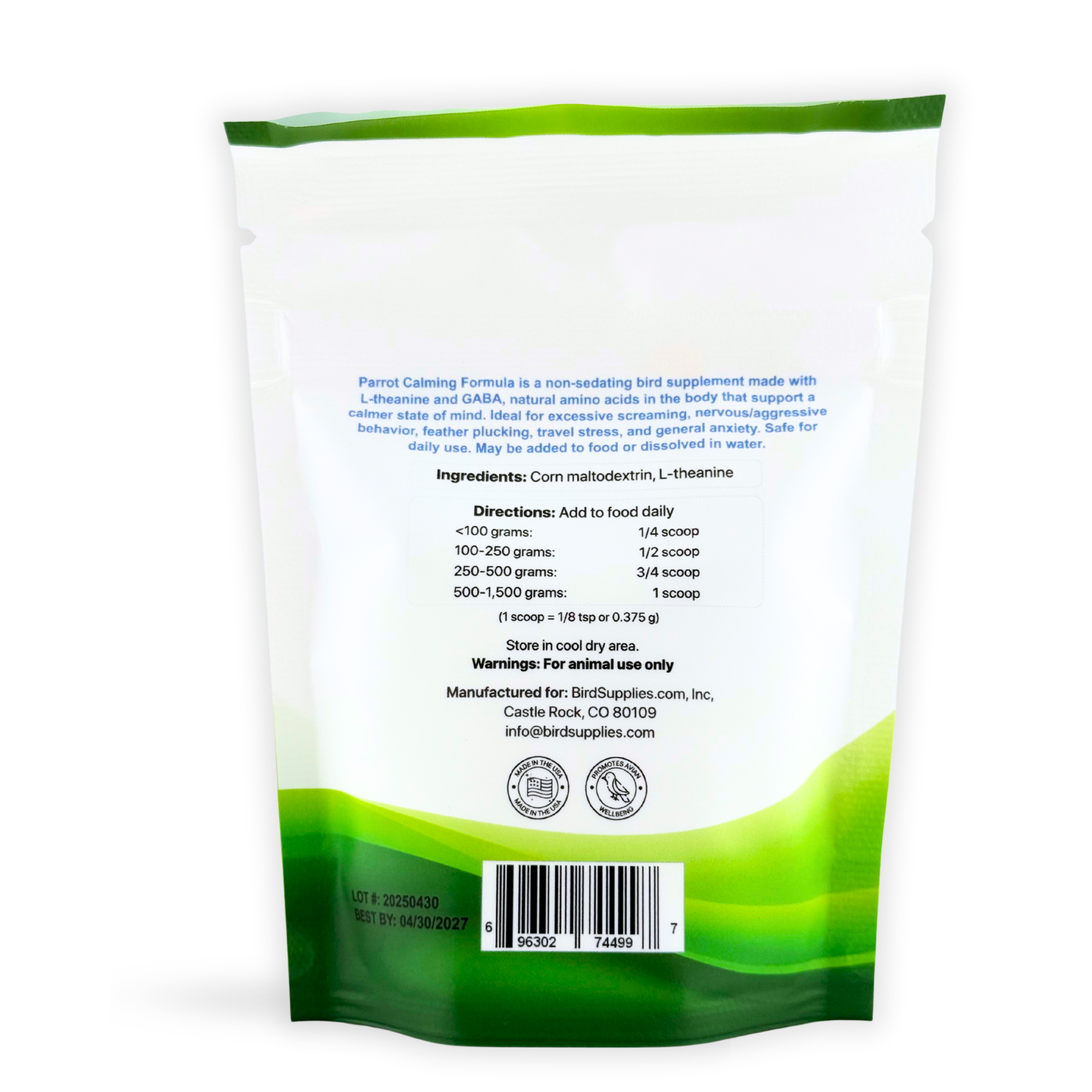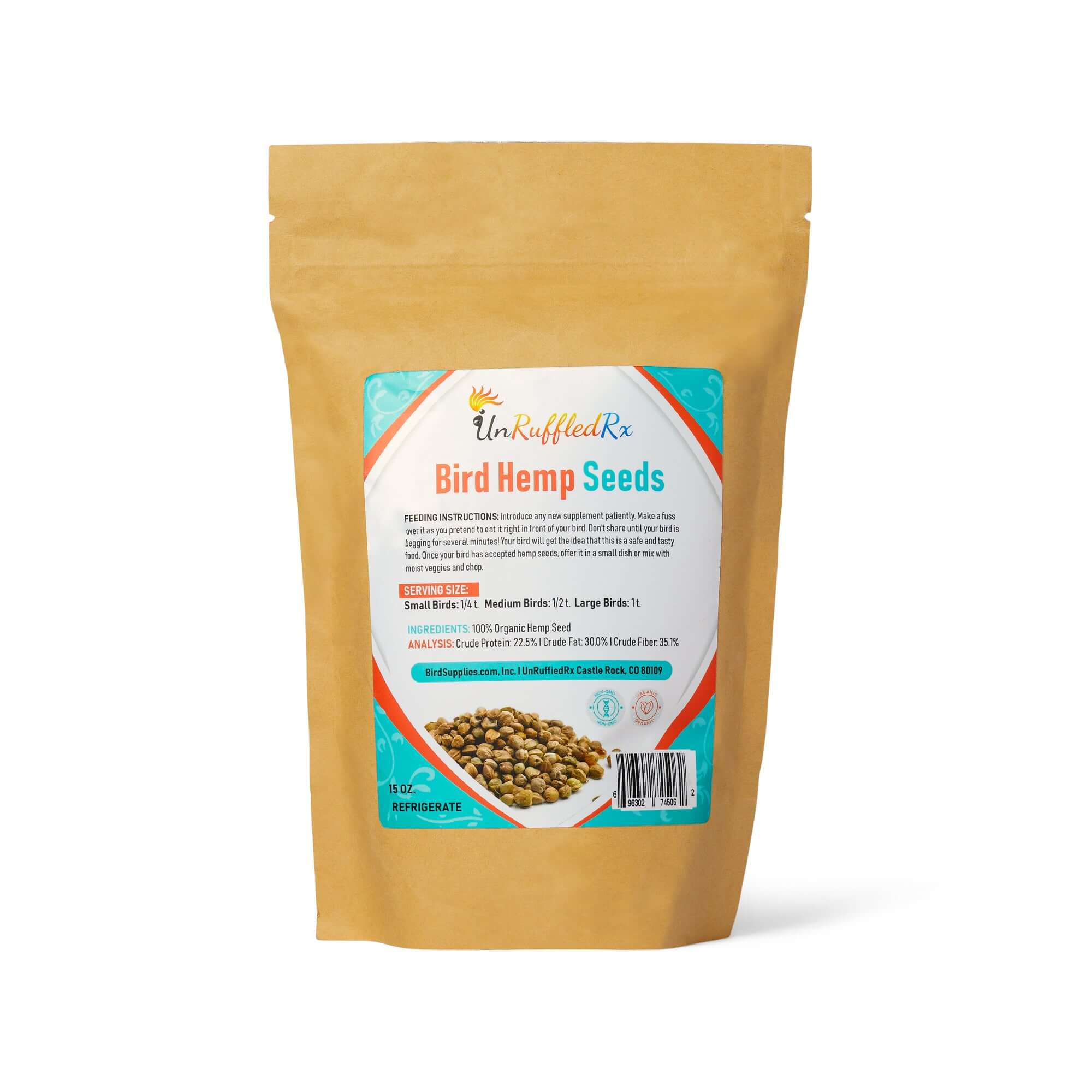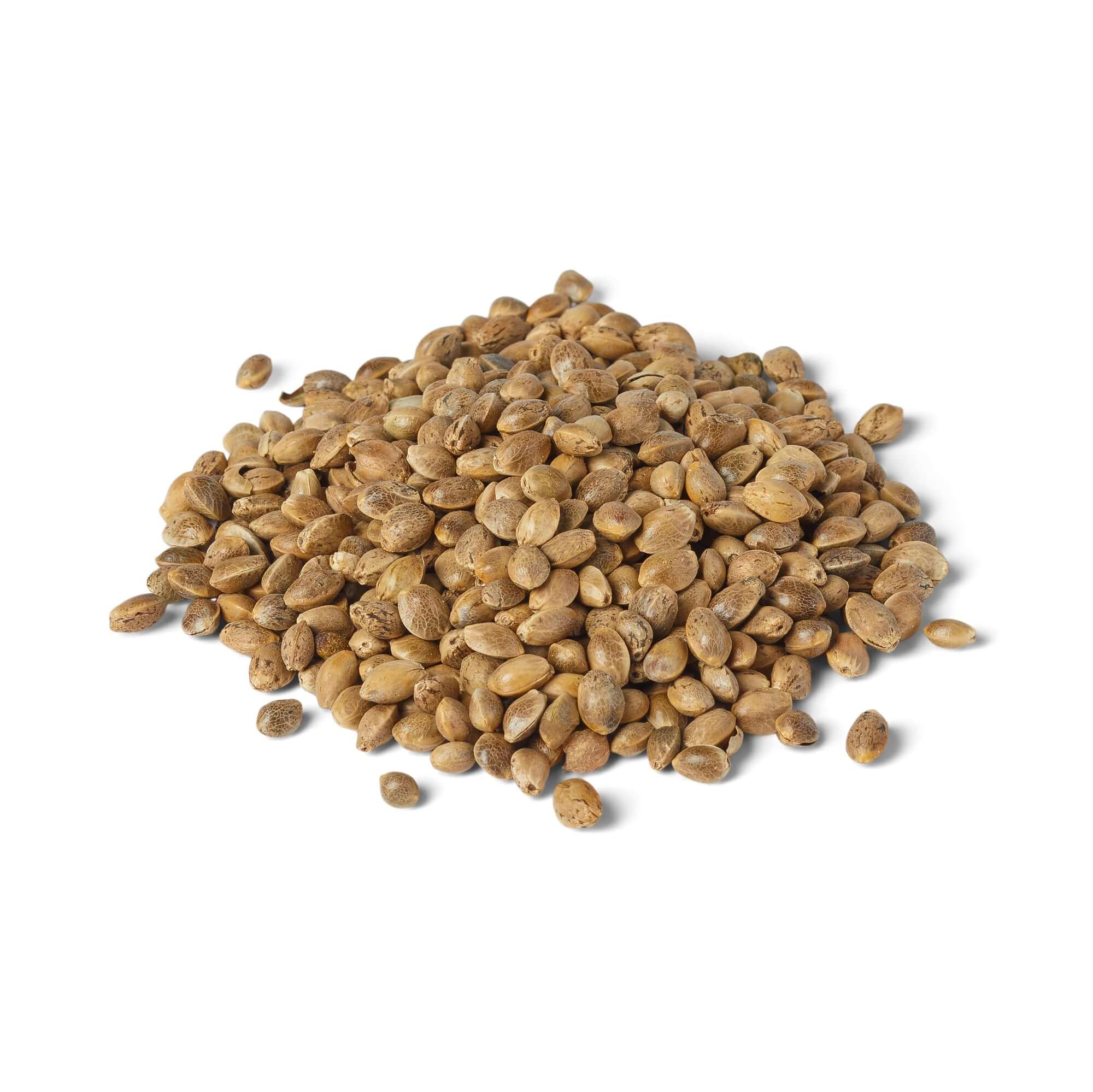Table of Contents
Revised January 20, 2024
Greetings, bird enthusiasts! If you've been reading my posts, you know addressing bird behaviors like feather-plucking requires a methodical approach. Whether it's feather-plucking, biting, or the occasional scream, figuring out why our birds act this way is like being a bird detective.
Today, we're exploring behavior analysis—an expert tool to understand and influence bird actions. Think of it as navigating a mystery novel where each behavior is a clue waiting to be solved.
We'll ask essential questions to get to the bottom of things. Where does feather-plucking happen? What triggers it? Are there specific times when our birds misbehave? And what motivates these behaviors?
Join me on this avian adventure as we dive into behavior analysis, unraveling the secrets behind feather-plucking and mischievous antics—a true exploration of bird behavior. By the end, you'll be equipped to guide your feathered friend with the enlightening power of time studies. Get ready for a beak-tastic journey—our avian companions are counting on us!
Unveiling The Mystery of Bird Behavior
Understanding why birds behave the way they do is like going on an adventure into their unique world. Birds are not your usual pets; they are exotic and have special needs. They love being around others (like in a flock), and because they're used to watching out for danger, they can get anxious easily.
Now, taking care of these special pets can be tricky. If we forget to give them the right food, a good night's sleep, things to keep them busy, and some exercise, they can feel stressed out. Since birds can't talk like we do, they might start acting up – a way of telling us they need help.
What makes things even more complicated is that, on average, a pet bird changes homes seven times in its life. This moving around can be tough on them. But, there's good news! By really understanding them, taking good care of them, and teaching them the right way, we can break this cycle. It's not just about having a pet; it's about forming a connection with a unique friend who needs our help and kindness. Let's dive into the world of bird behavior, so we can make their lives better.
How To Conduct A Time Study For Bird Misbehavior
The ABC method is a fundamental approach in understanding behavior, breaking down the sequence of events into three key components: Antecedent, Behavior, and Consequence. The "Antecedent" refers to the events or stimuli that precede a specific behavior, providing insight into triggers or environmental factors. The actual "Behavior" represents the observable action or reaction of the individual, whether it's a bird or any other organism. Lastly, the "Consequence" involves the outcomes or events that follow the behavior, shedding light on the potential motivations and reinforcement mechanisms at play.
Employing the ABC method allows for a systematic analysis of behaviors, helping caregivers and trainers comprehend the factors influencing actions and develop effective strategies for behavior modification. Here is a list of common vocabulary that we'll discuss.

The A-B-C Model in Behavior Modification
Antecedent: The antecedent refers to the events, stimuli, or circumstances that occur immediately before a specific behavior. In the context of observing bird behavior, it involves understanding what happens right before your bird exhibits a particular action.
Behavior: Behavior encompasses all observable actions or reactions displayed by an organism. In the context of birds, it includes activities such as vocalizations, movements, and interactions.
Consequence: The consequence refers to the outcomes or events that follow a specific behavior. Understanding the consequences of a behavior is crucial in comprehending the motivations and potential reinforcement associated with that behavior.
Trigger: A trigger is a specific stimulus or event that initiates or provokes a particular behavior. Identifying triggers is essential for understanding the factors influencing your bird's actions.
Behavior Plan: A behavior plan is a structured approach designed to modify or manage specific behaviors. It typically involves observation, analysis, and the implementation of strategies to encourage desirable behaviors and discourage undesirable ones.
1. Understanding Time Studies
A time study is a methodical way of observing and recording your bird's behavior throughout the day. It involves creating a structured schedule to document their actions, helping you gain insights into their habits, triggers, and responses. Essentially, it's a tool that allows us to examine their daily routine and behaviors systematically.
Looking for a little extra info on A-B-C? Take a look at this video:
Gathering Data
You’ll need to be able to describe the plucking behavior in a quantifiable way so that you can determine if your efforts to stop it are actually working. To make a credible time-lapse report, you’ll need to watch and record the plucking behavior at least 25 times per day for reliable information about its causes and effects. Plus, you’ll need to be able to quantify the plucking so that you can determine if your efforts to stop it are actually working.
Best practice would be that you observe your parrot and its surrounding for evidence of parrot plucking for a minimum of two weeks or at least 25 episodes of the behavior.
Use a simple chart to document the parrot’s plucking behaviors as frequently as you can, but at least four times a day. Ideally, these times should happen at the same time each day. Great times to record parrot plucking behaviors would be:
- When you get up in the morning
- Before you leave for work
- When you get home
- Before you put your bird to bed
It’s important to keep your regular routine when collecting data for the time study.
Now, it's time to come up with a method for keeping track of if feathers were actually pulled. Keep reading to find a link to a helpful chart. You could just set up an alarm to remind you to record an observation. Then, simply count how many feathers are on the cage floor or measure the size of the bald spot. Record this number on the chart.
If your bird is plucking when you get there, just totally ignore it. Do your observation and leave. Your not engaging in behavior change strategies just now. Your simply gathering data.
With technology, it’s easy to video your bird during the day while you're at work. Just set your smartphone alarm to the times that you want to observe your bird.
Get an affordable WiFi-enabled Pet Camera for as little as $35USD and check in on your bird. According to PetLifeToday.com, the best camera for those on a budget in 2018 is the Tenvis HD IP camera. We found the one on Amazon.com for under $40USD.

Customer Upload
Get into the habit of counting the feathers at the bottom of the cage at these prearranged times. You may even want to look at the feathers to see if they are pulled out, shaft and all or whether the feather was chewed off. At any rate, for logging purposes, remove the destroyed feathers at each observation.
A self-mutilation time study course of action requires some adjustments. Obviously it may take more time, but also with the treatment of the wound in between. In both cases, it's important to determine how often the problem occurs and determine how serious it is.
However you choose to observe your bird, you’ll need to record parrot plucking behavior in a log format. Just make sure that it is measurable.
Here is a simple chart to record your findings.
https://docs.google.com/spreadsheets/d/1ndKU32_JtUeyI-zLeqlL1PTWZBhiAvOy6JhpOvuAT-0/edit?usp=sharing
Once you’ve compiled 25 incidents worth of data you can start analyzing the information.Next Steps: Creating A Behavior Plan
Once you've made educated guesses about what might be causing your pet's behavior through the time study, the next crucial step is creating a behavior plan based on those hypotheses. This plan outlines what you'll do to either avoid triggering events or change the factors that reinforce the behavior. Think of it as a roadmap to improve your pet's actions.
This behavior plan holds you accountable for making positive changes. Use the measurable part of the time study, like behavior intensity, to track if your plan is working. If you notice a reduction in the intensity or frequency of the behavior, that's a good sign. However, if there isn't much improvement, it's time to revisit your time study and adjust your plan accordingly. This ongoing process helps you fine-tune your approach and ensures you're actively working towards creating a more positive environment for your pet.
Comment below if you find this blog helpful, if you want us to change anything, or what kind of bird you are.
Related Posts:
10 Tips For A Calmer Bird Using Positive Reinforcement
How To Train Birds With Positive Reinforcement
How To Choose Bird Training Treats That Work
Choosing Bird Training Supplies For The Best Results
Diane Burroughs, LCSW is a licensed psychotherapist trained in ABA therapy techniques. She specializes in avian anxiety disorders and is certified in Nutrition For Mental Health. Diane has written a number of bird behavior books and she offers behavior consultations. She's developed a range of UnRuffledRx Science-backed Parrot Wellness Supplies.
Diane's products have been featured in the Journal of Avian Medicine and Surgery and at Exoticscon, a conference for exotic pet veterinarians. Her bird collars & supplements are stocked in avian vet clinics and bird stores throughout the US. With over 30 years in the field of behavior, Diane has created thousands of successful individualized behavior plans that help pets thrive.
TAGS: #TimeStudy #BirdBehavior #FunctionalBehaviorAnalysis
SHARING IS CARING! PLEASE SHARE ON YOUR FAVORITE SOCIAL MEDIA NOW!

